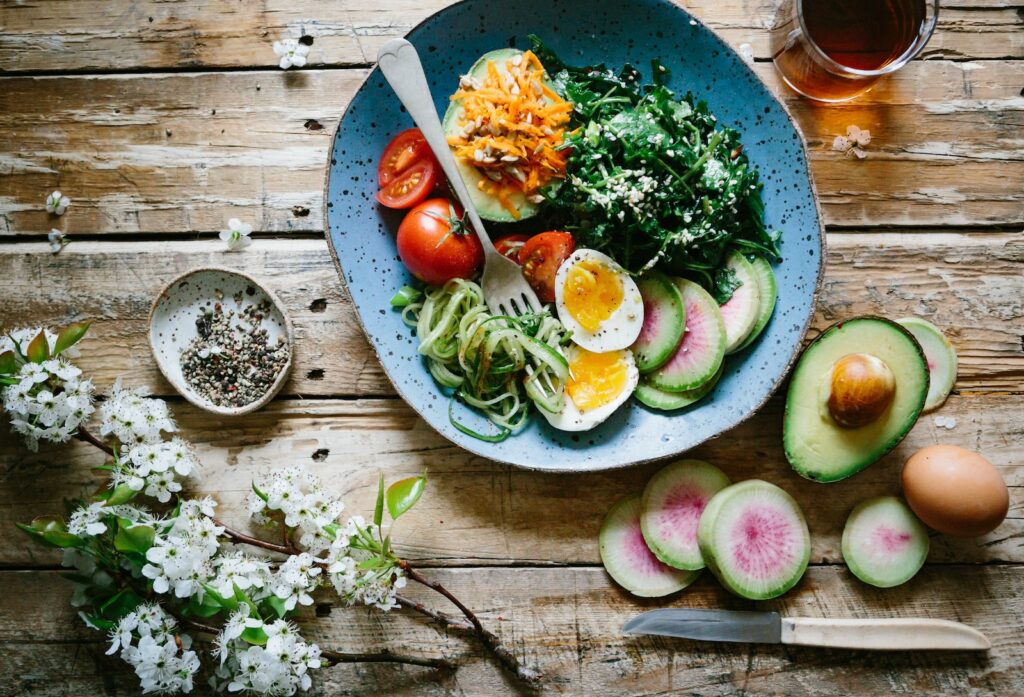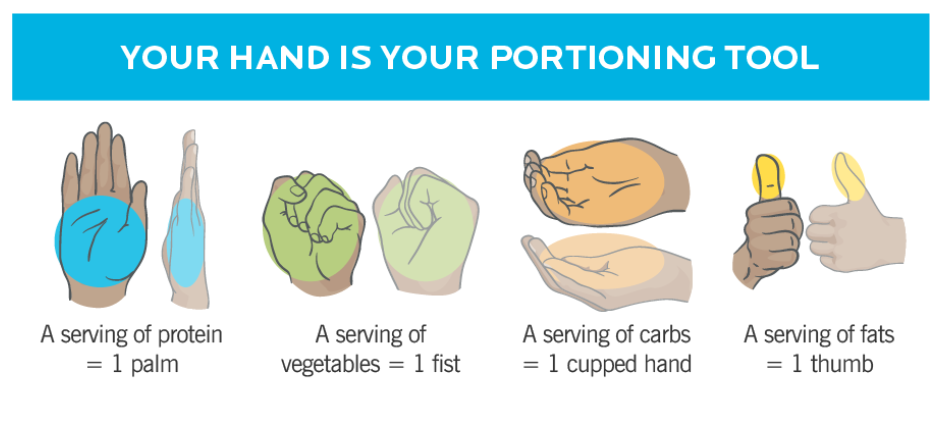As I go about my work with clients, two things keep coming up:
- It’s all about habits. What are you DOING each day that’s moving you towards your goal(s)? Habits often are not fun or sexy, they are 100% about doing the thing you said you’re going to do today, tomorrow, and the next day- even when you don’t feel like it. Even little things add up and make a huge difference over time. So. . . figure out what you need to do each day to feel how you want to feel. Start with the smallest, lowest hanging fruit first. What is it? Now get going!
- You have to have a plan. This goes hand in hand with habits. The old adage of “failing to plan is planning to fail” is so true when it comes to health. If you want to be lean and fit and strong and show up at the gym without a plan of what you’re going to do, what will you do? You may make some gains since you showed up (high five!) but you’re probably not going to make the most of your time there. How about dinner time. What’s for dinner tonight? Do you know? If not, how are you going to figure it out? Are your go-to meals healthy? Is ordering take-out on the way home serving you?
FACT: to be healthy, you have to eat healthy food. Sorry but there is no way around this. The BEST way I know of to get healthy food in your body is to cook it. Healthy meals don’t have to be fancy, complicated, or Insta-worthy, they just need to fuel your body and mind with nutrition.
Here’s the first step to meal planning and adding in:
Make a list of your favorite go-to home-cooked meals (aim for at least 5-10). TAKE the 3-5 minutes to do it NOW.
Bonus points if you sort your list into 3 categories by time or type (less than 20 minute meals, 20-45 minute meals, 45 minute+ meals OR quick and easy meals, make-ahead meals, weekend/fancier meals)
You have to have a plan. The old adage of “failing to plan is planning to fail” is so true when it comes to health and nutrition.

If you have your meal planning master list in hand, here’s the next step:
I’m going to let you borrow my hat. Go ahead, put on my hat (integrative registered dietitian nutritionist, functional nutritionist, and health coach) for a couple minutes and answer these questions:
- What colors of foods are on your list? (Could include white/brown, red, orange, yellow, green, blue/purple). Colors=phytonutrients. The more variety of colors, the better.
- Does each meal or snack include a non-starchy vegetable like broccoli, cucumbers, leafy greens, etc.? If not, does it include a low sugar fruit like berries or cherries? In order to fit in at least 3 servings of non-starchy veggies each day and 1-2 servings of fruit, you want to include at least 1 serving at each meal. 1 serving= roughly 1 fist.
- Does each meal include something rich in protein and/or healthy fats? Generally, you want 1-2 servings of protein at each meal (depends on gender, activity level, age, etc.). Does each meal and/or snack include protein-rich foods like eggs, meat, poultry, fish, Greek yogurt, beans or legumes, etc.? Nuts and seeds, nut butters, hummus, etc. are usually considered healthy fats. Healthy fats and protein help balance blood sugar and keep you full and satisfied for longer stretches of time.
- Are your carbs whole foods? Think starchy veggies like sweet potatoes, butternut squash and whole grains like brown rice, quinoa, oats, whole grain baked goods, etc. If you have GI distress with certain high fiber foods, choose lower insoluble fiber options and be sure to reach out for nutrition support.
Now, go ahead and take your list of meals and EDIT it. Use the questions above to add or take-away components of each meal until you have a list that’s colorful, includes lots of non-starchy veggies, fruit, protein, healthy fats, and carbs. EDIT your list of favorite go-to home-cooked meals (aim for at least 5-10) based on the questions above and start choosing your meals from this list. This simple activity should radically reduce the brain-power needed at each meal to come up with something healthy and nourishing.
Here’s a helpful guide for serving sizes with roughly 1 serving of each thing per meal/snack for women and roughly 2 servings of each thing per meal/snack for men.

Now you’re on a roll with meal planning, here’s the next step, adding in:
Eating healthy is not rocket science, it takes some forethought, planning, and follow-through to buy the darn kale and figure out a way to cook it.
Now, I want you to think about adding in. This concept takes the premises of diet culture of cutting out and deprivation and flips them on their head. What can you add in?
- Diet:
- Leafy greens you haven’t tried like bok choy or broccoli rabe?
- Herbs and spices like turmeric, ginger, cayenne pepper, fresh cilantro?
- Acid to balance flavors like a squeeze of lemon or dash of apple cider vinegar?
- Fermented foods (1-2 Tbsp 1-3x/day) like sauerkraut, kimchi, yogurt, or fermented vegetables?
- Water? Herbal tea?
- Lifestyle:
- Go to bed 30 minutes earlier for 30 minutes more sleep?
- Get out of bed when your alarm goes off to fit in some stretching, yoga, or exercise?
- Brush and floss your teeth after dinner to curb the late night snacking?
- 5 minutes of deep diaphragmatic breathing or meditation to start your day?
Here’s the cool thing about adding in. Pay attention, especially if you’re super busy and don’t feel like you have space to “add in” ANYTHING. Adding in forces you to crowd out. If you add in a serving of leafy greens at dinner, you won’t have room for something else. That’s the point. Add in, crowd out. Think about nourishing your body and make it a habit.
Here’s the challenge for you this week:
Diet: Look at your list of favorite go-to home-cooked meals and figure where you can “add in”. This simple activity should radically reduce the brain-power needed at each meal to come up with something healthy, nourishing, flavorful, and balanced.
Lifestyle: Where can you “add in” one small practice or habit that will make a big shift in how you feel in your body?
BONUS TIP: Adding things in can be more fun when you’re surrounded by like minded people or you’re doing it together with friends or family!

